- No products in the cart.
Gidrasek caps. 100mg 10 pieces
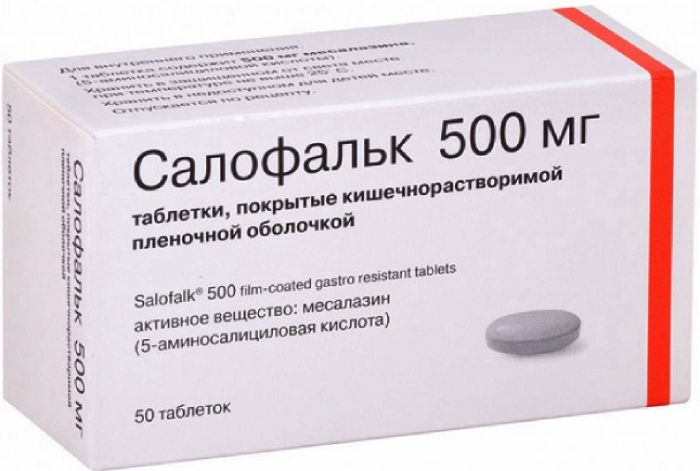
Salofalk Tab n / 500mg kish.rastv.plenochnoy about 50 pc
$22.87
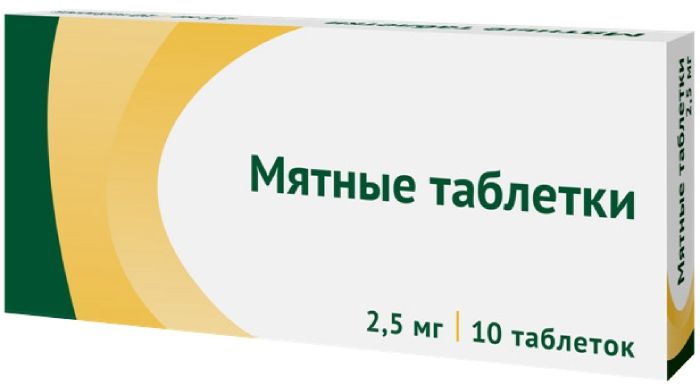
Mint 2.5 mg sublingual tabs 10 pcs ozone
$0.32
$10.07
Gidrasek caps. 100mg 10 pieces
Description
Composition
Active substance:
1 capsule contains: 100 mg of racecadotril ,.
Excipients:
Lactose, pregelatinized corn starch, magnesium stearate, silica colloidal anhydrous composition of the capsule shell: iron (III) oxide yellow (E172), titanium dioxide (E171), gelatin.
Description:
Hard gelatin capsule size № 2, with a housing and a lid of ivory. Contents of capsules – white powder with a strong sulfur smell.
Product form:
10 capsules were placed in blisters of PVC film / polyethylene / polivinildihloridnoy (PVC / PE / PVDC).
1 contour package along with instructions for medical use in the state and Russian languages are investing in a pile of cardboard boxed.
Contraindications
– hypersensitivity to active or any of the excipients of the drug – congenital galactose intolerance, Lapp lactase deficiency or malabsorption of glucose-galactose – childhood and adolescence to 18 years – pregnancy and lactation.
Dosage
100 mg
Indications
– symptomatic treatment of acute diarrhea in adults.
Interaction with other drugs
To date, there are no reported drug interactions racecadotril in humans. It is known that co-administration with nifuroxazide and loperamide does not alter the kinetics of racecadotril.
Overdose
There are no reports of overdose Gidraseka. In adults, acute administration at a dose of 2 g, which is equivalent to 20 therapeutic dose, did not cause adverse effect.
Symptoms: increased side effects.
Treatment: symptomatic.
pharmachologic effect
Pharmacological group:
Antidiarrheal drugs. Other antidiarrheal drugs. Racecadotril.
Pharmacodynamics:
Racecadotril is inactive substance by hydrolysis it becomes a thiorphan which possesses the property of inhibiting enkephalinase, the cell membrane peptidase, localized in various tissues, particularly in the epithelial cells of the small intestine. This enzyme is involved in the hydrolysis of the exogenous peptide and the cleavage of the endogenous peptides such as enkephalins. Consequently, racecadotril protects endogenous enkephalins that are physiologically active at the level of the digestive tract, prolonging their antisecretory action.
Racecadotril is a substance with antisecretory effect, its activity is limited to the mucosa of the small intestine. It reduces hypersecretion of water and electrolytes in the small intestine caused by cholera toxin or inflammation, no effect on basal secretory activity. Racecadotril quickly shows Antidiarrheal effect without affecting the duration of the intestinal transit.
Racecadotril does not cause bloating. In clinical studies, the frequency of the secondary latch when receiving racecadotril comparable to the placebo group.
If ingestion of its activity appears exclusively on the peripheral level, without affecting the central nervous system.
Pharmacokinetics:
Absorption. If ingestion racecadotril is rapidly absorbed. Its pharmacological effect by the inhibition of plasma enkephalinase begins 30 minutes. Bioavailability racecadotril not changed during food intake, but the activity peak is later by about a half hour.
Distribution. After oral dose of 14C-racecadotril measured impact radiocarbon plasma it was many times higher than in blood cells and red blood cells and 3 fold higher than in whole blood. Thus, the drug does not bind to blood cells to a large extent. Distribution of radiocarbon in other body tissues was moderate, average apparent volume of distribution in plasma amounted to 66.4 kg. 90% of the active metabolite of racecadotril – thiorphan (= (RS) -N- (1-oxo-2- (mercaptomethyl) -3-phenylpropyl) glycine), binds to plasma proteins, mainly albumin.
The pharmacokinetic properties of racecadotril does not change when receiving repeated doses in adults.
The duration and intensity of action racecadotril are dose-dependent.
In children, the maximum inhibition (90%) plasma enkephalinase activity is achieved after about 2 hours at a dose of 1.5 mg / kg. In adults, the maximum plasma enkephalinase inhibition activity in plasma also occurs within 2 h and corresponds to 75% inhibition at a dose of 100 mg. Duration of plasma enkephalinase inhibition is about 8 hours.
Metabolism. Biological half-life time measured duration inhibiting enkephalinase plasma, about 3 hour.
Racecadotril is rapidly hydrolyzed in thiorphan – an active metabolite, which is, in turn, is transformed into inactive metabolites. Repeated reception racecadotril does not cause the accumulation in the body. in-vitro studies indicate that racecadotril / thiorphan and four major inactive metabolite did not inhibit the major CYP isoenzymes (3A4, 2D6, 2C9, 1A2, and 2C19) and does not stimulate the CYP isoenzymes (3A family, 2A6, 2B6, 2C9 / 2C19, 1A family , 2E1) and glyukoroniltransferaz-conjugated enzymes to a clinically significant degree.
Racecadotril not affect the degree of binding to plasma proteins active substances, which are highly bound to plasma proteins, such as tolbutamide, warfarin, niflumic acid, digoxin and phenytoin.
Withdrawal. Racecadotril displays mainly in the form of inactive metabolites in the urine, as well as small amounts of the faeces. Excretion through the lungs is negligible.
Similar values of the time to reach maximum concentration (Tmax) and half-life (T1 / 2) as: Patients with liver disease (cirrhosis, class B Child-Pugh) following features pharmacokinetic profile of the active metabolite of racecadotril compared with healthy individuals have been identified the maximum concentration (Cmax) and area under the curve (AUC) – lower (-65% and – 29% respectively).
In patients with severe renal failure (creatinine clearance (CC) 11-39 ml / min) kinetic profile active metabolite of racecadotril showed lower maximum concentration (Cmax) (-49%) and higher values of area under the curve (AUC) (+16 %) and elimination half-life (T1 / 2) compared with healthy individuals who QC 70 ml / min.
In children, the pharmacokinetic parameters are similar to those in adults, the time to reach Cmax was 2 hours and 30 minutes after dosing. Not accumulated after repeated doses every 8 hours for 7 days.
Pregnancy and breast-feeding
There is sufficient evidence for the application Gidrasek®100 mg capsules in pregnant women. Preclinical studies have shown no direct or indirect harmful effects of racecadotril in the course of pregnancy, the developing embryo and fetus during childbirth and the postpartum period. However, it is not recommended for pregnant women receiving Gidraseka.
Gidrasek® should not be taken by women who are breastfeeding, as insufficient data on the excretion of racecadotril to breast milk.
Conditions of supply of pharmacies
Without recipe.
side effects
There is some evidence of pharmacological and clinical studies involving 2714 patients treated with racecadotril and 496 treated with placebo. The overall incidence of adverse events was 13.6% in patients treated with racecadotril and 22% in the placebo group. The most frequently observed headache (1.8% and 1.6%), nausea (1.5% and 2.4%), and constipation (1.3% and 1.4%).
Listed below are adverse reactions were observed when receiving racecadotril more frequently than with placebo, or fixed in post-marketing practices.
Often (> 1/100,
Infrequently (> 1/1000,
The frequency is not known – erythema multiforme, edema of tongue, swelling of the face, swelling of the lips, eyelid edema, angio-neurotic edema, urticaria, erythema nodosum, maculopapular rash, pruritus, pruritus, toxic epidermal necrolysis.
Children
According to reports, in infants or children receiving racecadotril rarely developed tonsillitis as a side effect. But for this age group there is a special formulation Gidraseka – granules for suspension for oral administration.
special instructions
When treating Gidrasekom be observed rehydration treatment.
The presence of impurities in the stool blood or pus and / or an increase in temperature can indicate an intestinal bacterial infection as a cause of diarrhea, or the presence of other serious disease requiring etiological therapy (antibiotic) and further evaluation. In such cases Gidrasek not recommended. In acute bacterial diarrhea can take Gidrasek in conjunction with an antibiotic as an additional treatment.
Application Gidraseka for chronic diarrhea and antibiotic-associated diarrhea is not recommended due to insufficient data.
In patients with renal and hepatic insufficiency, the use of data is limited. Therefore be used with caution.
May decrease the bioavailability of racecadotril with prolonged vomiting.
Gidrasek® 100 mg capsules contain lactose. Patients with a rare congenital conditions like galactose intolerance, Lapp lactase deficiency or malabsorption of glucose-galactose should not take Gidrasek® 100 mg capsules.
Features of the drug effect on the ability to drive a vehicle or potentially dangerous machinery
Gidrasek® 100 mg capsule have no effect (or insignificant influence) on the driving ability and working with potentially dangerous equipment.
Storage conditions
Store in a dry, dark place at a temperature not higher than 25 ° C.
Keep out of the reach of children!.
Dosing and Administration
Ingest.
Adults: initial dose – one 100 mg capsule Gidrasek® regardless of time of day. Then, one capsule 3 times daily, preferably before the main meals. Treatment continued until 2 cases of chairs, but no more than 7 days. Long-term use of the drug is not recommended. If after 3 days of treatment no improvement, then you should consult with your doctor.
Special patient groups:
Children: There is a special dosage form in the form of granules for suspension for oral administration, intended for use in infants, children and adolescents.
Elderly: no dose adjustment is required in elderly patients.
Information
Appearance may differ from that depicted in the picture. There are contraindications. You need to read the manual or consult with a specialist
Additional information
| Weight | 0.100 kg |
|---|---|
| Manufacturer | Abbott |

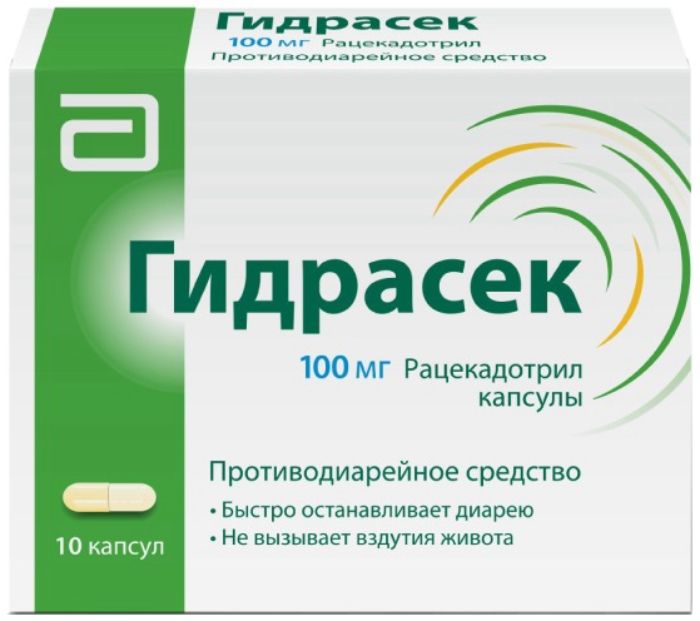



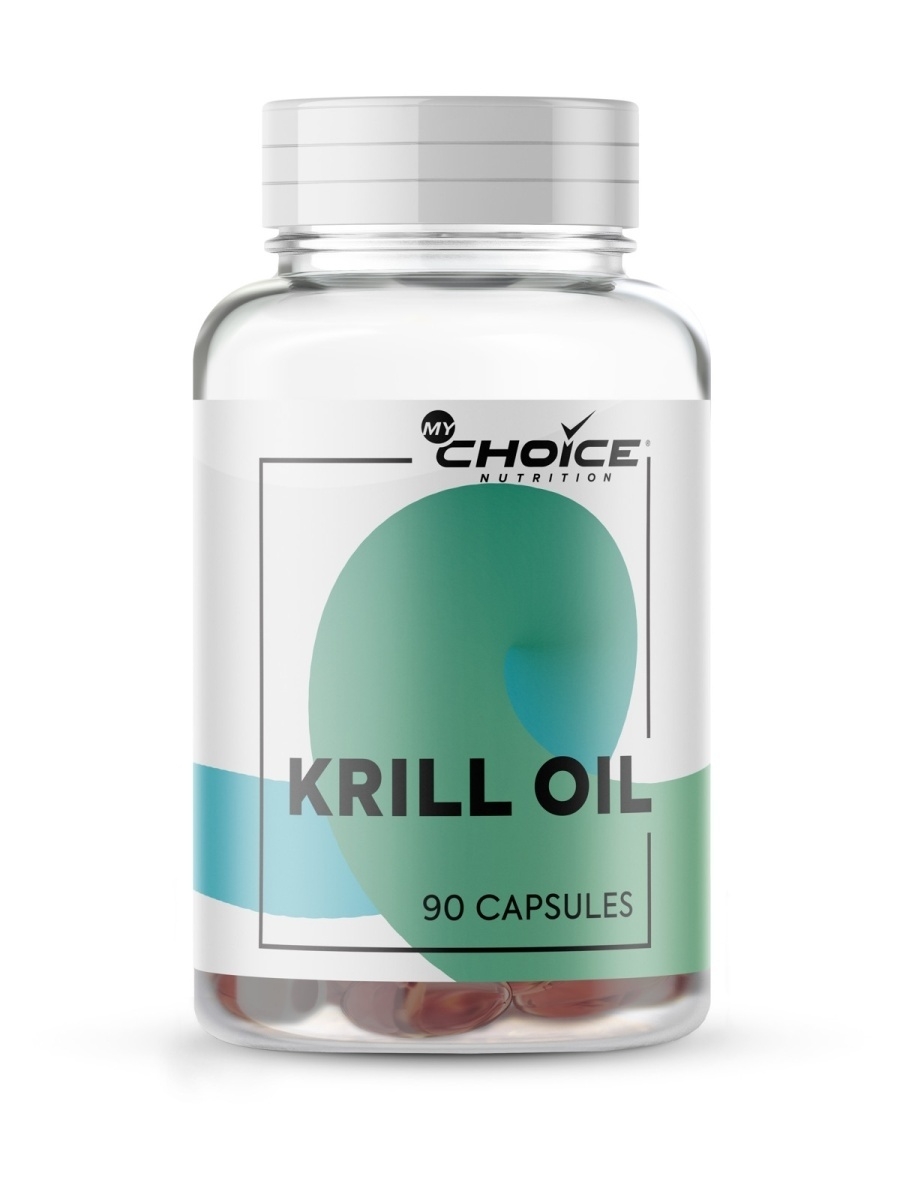
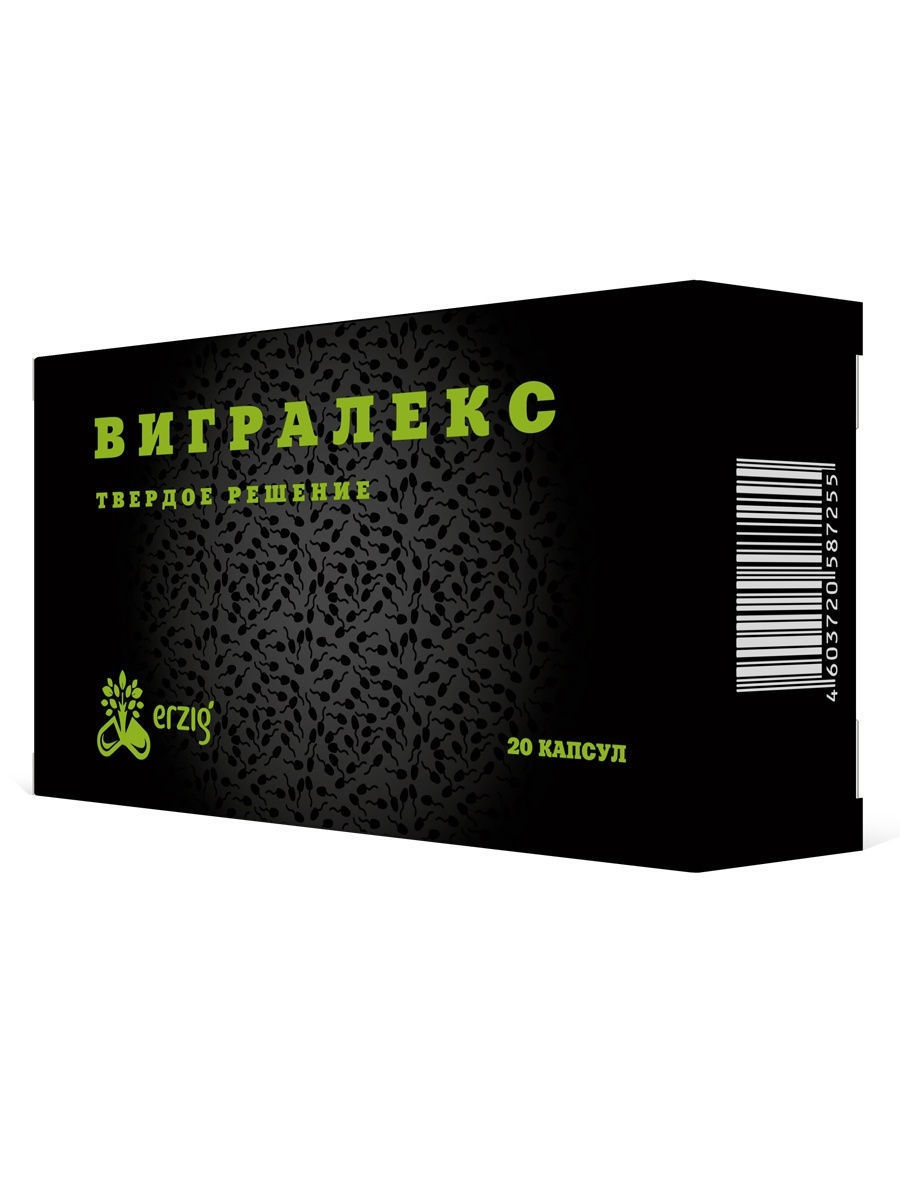





There are no reviews yet.